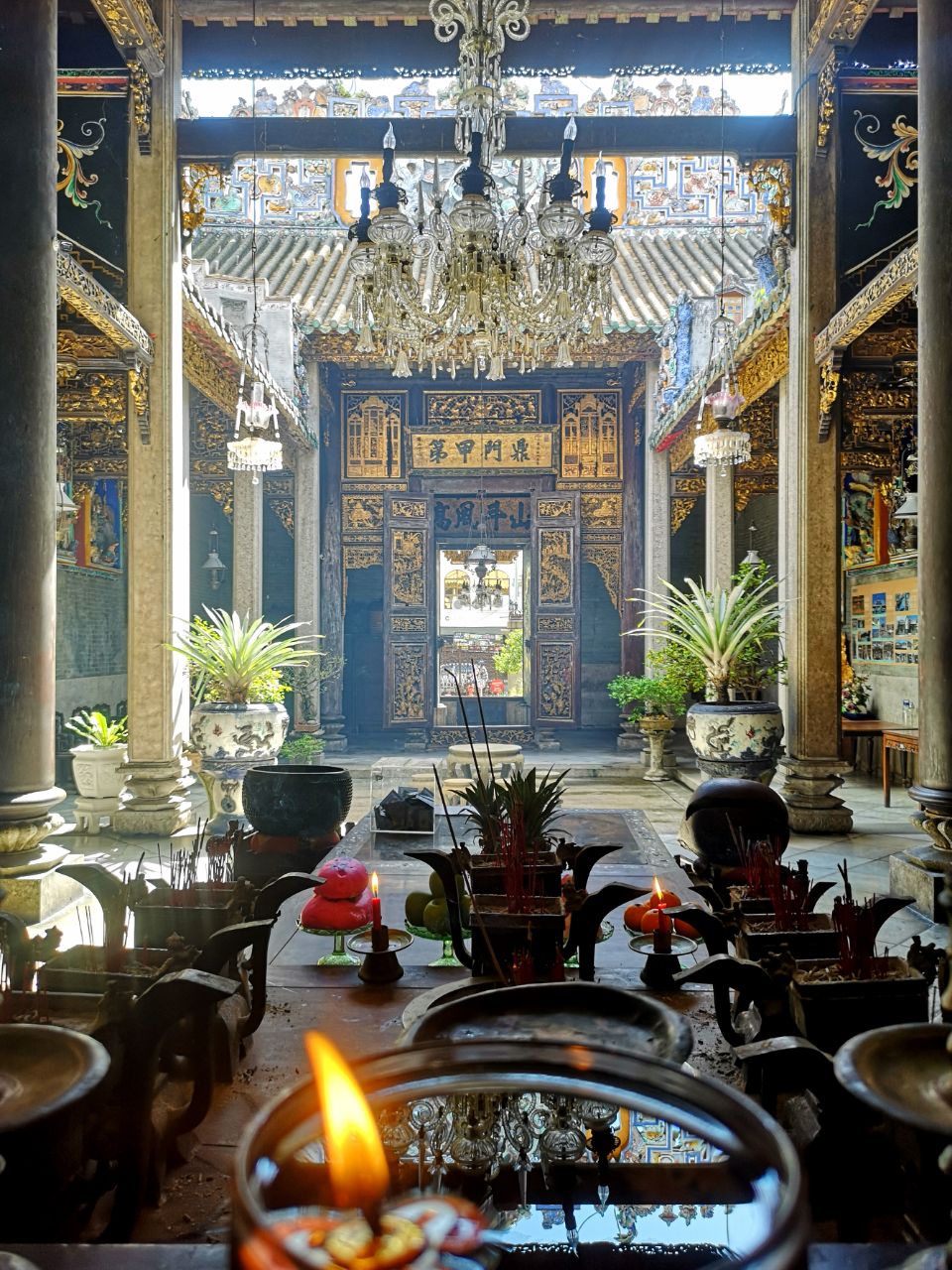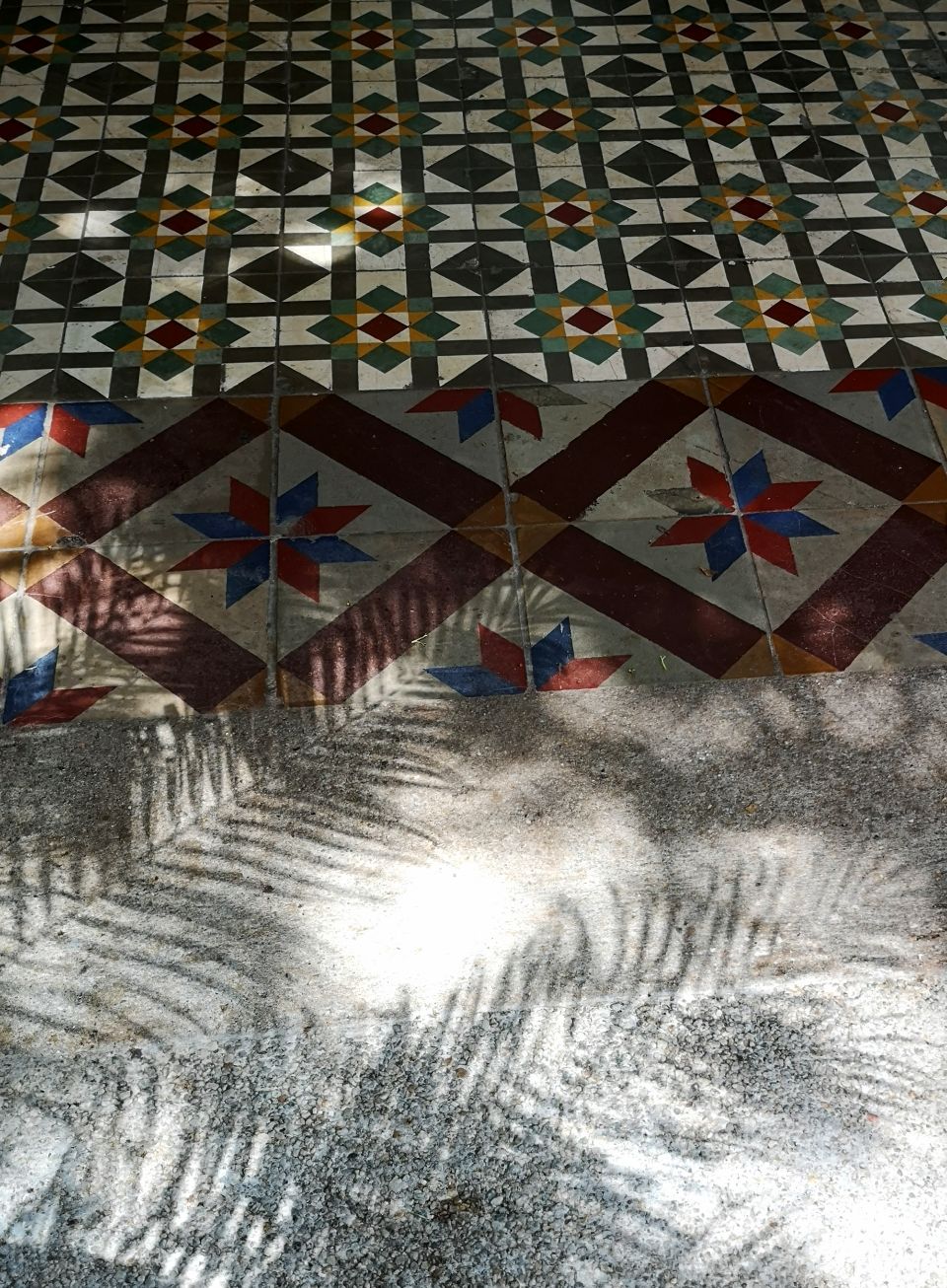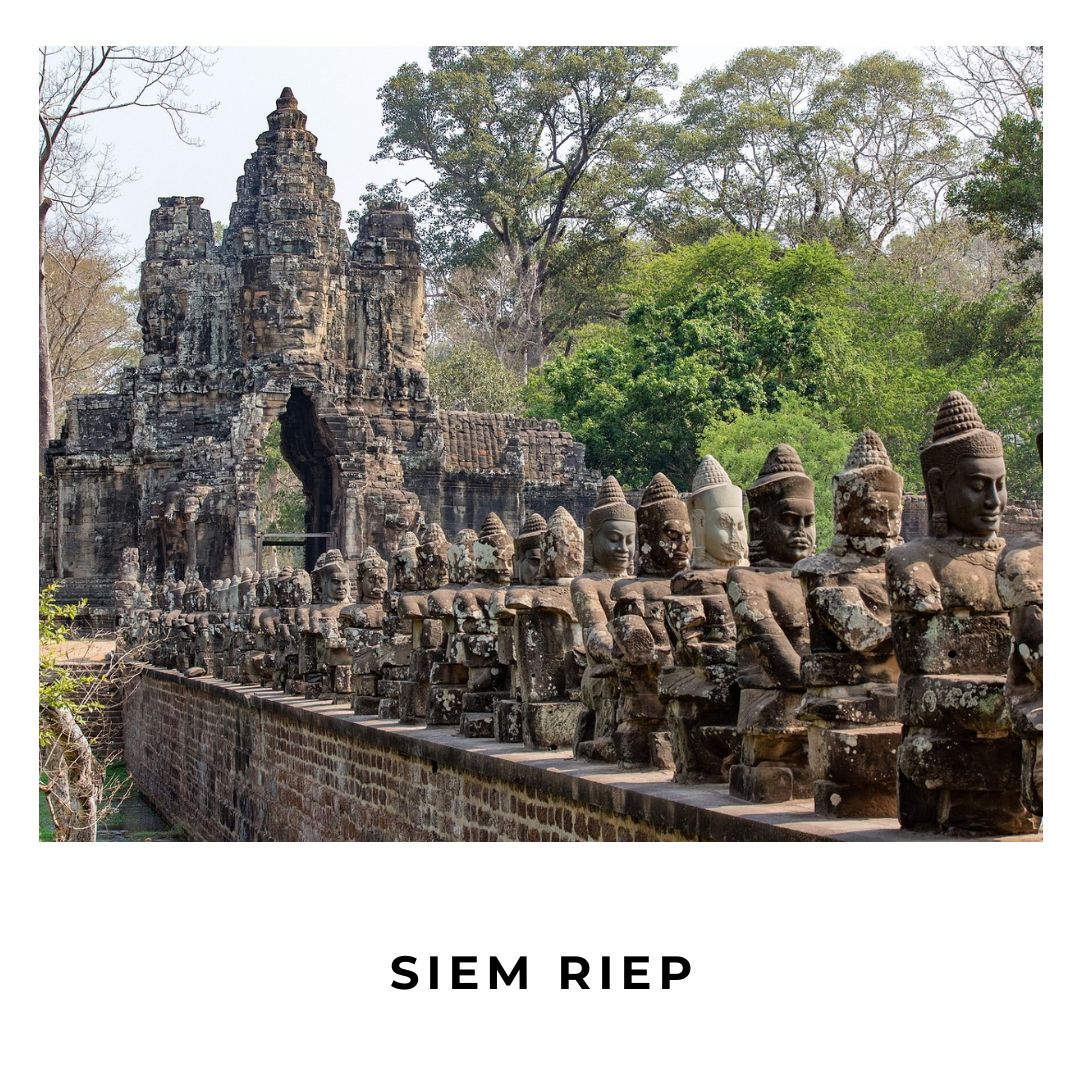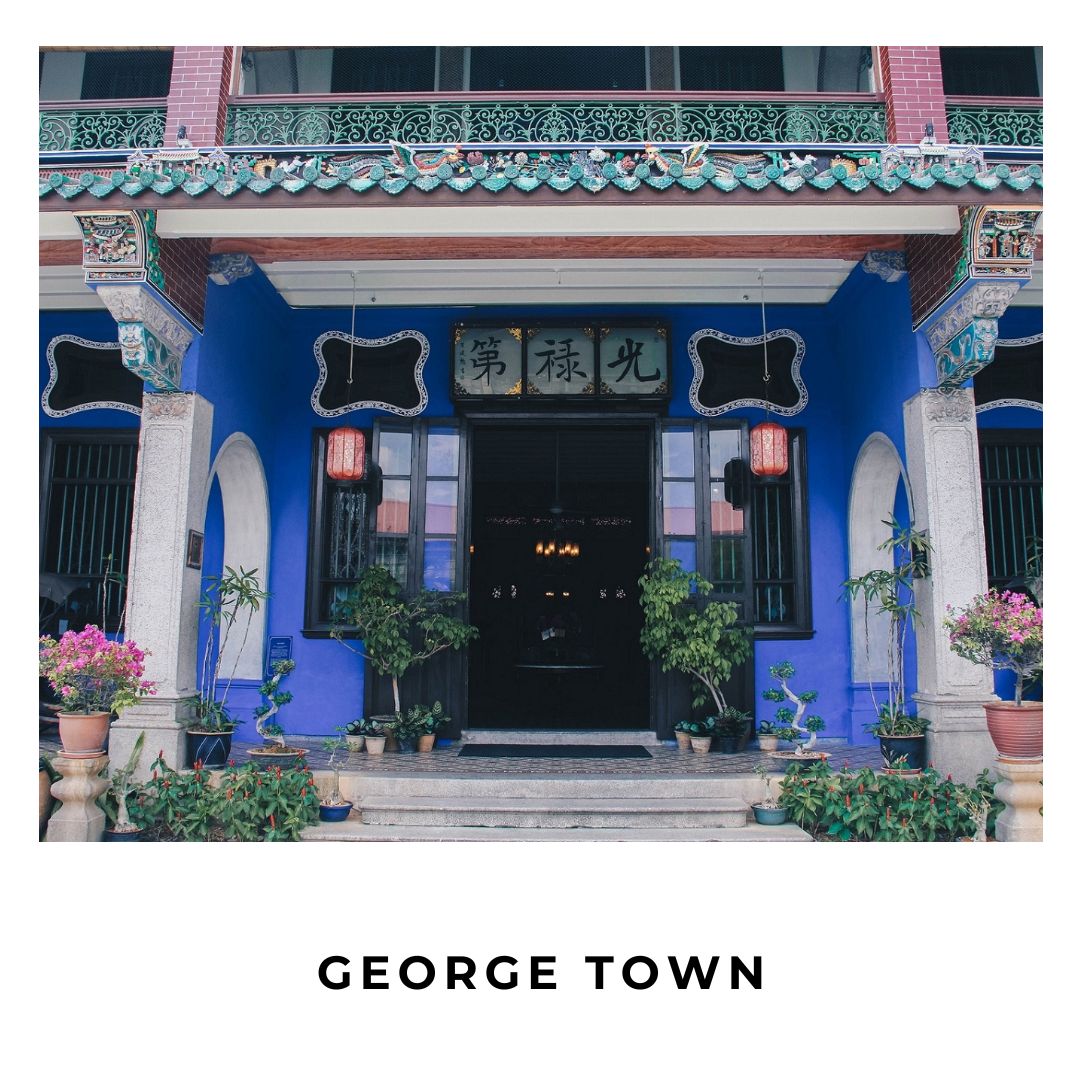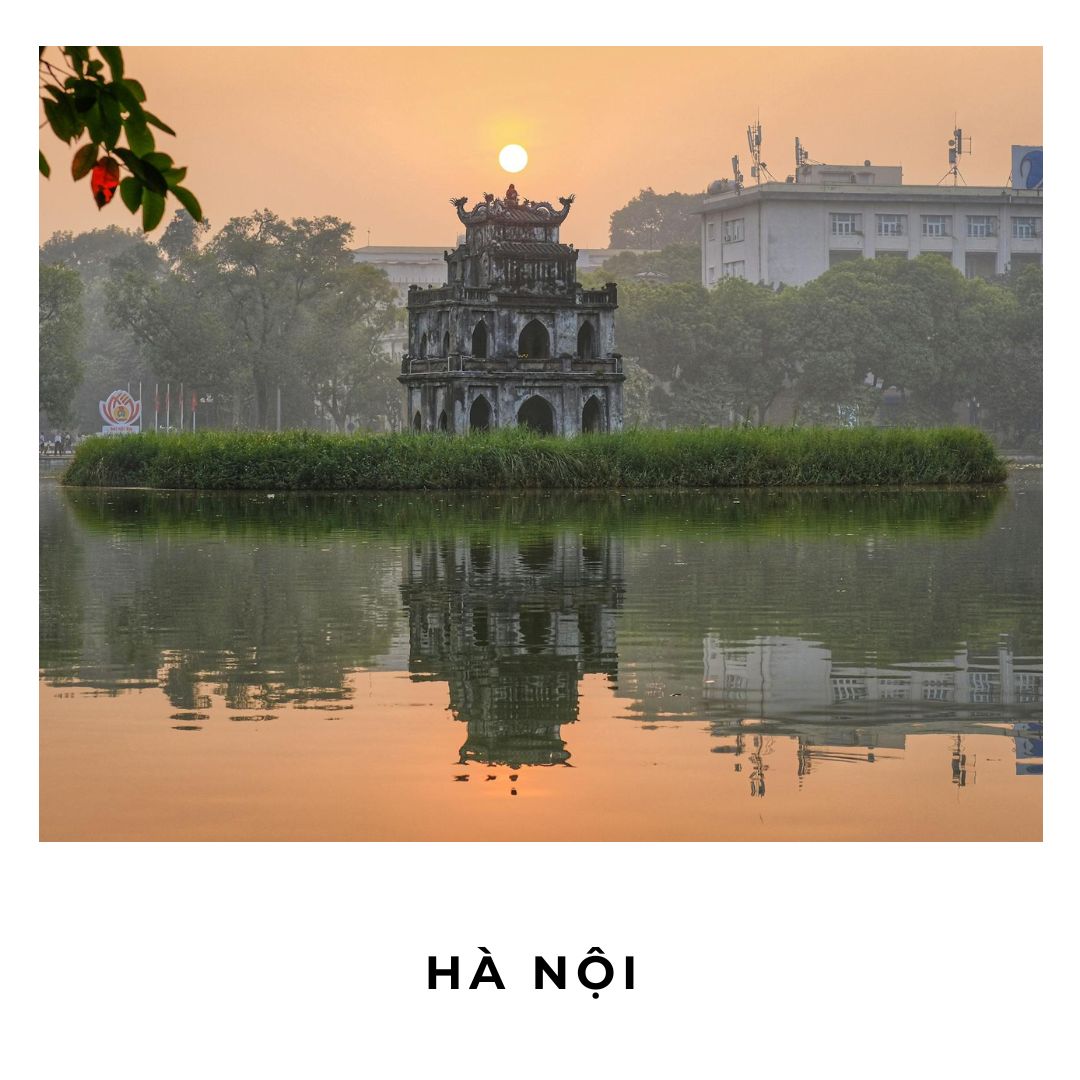Babas and Nyonyas
GEORGE TOWN | MALAYSIA
“At any given moment you could smell the incense burning from Confucian temples, hear the call to prayer from a nearby mosque and spot a colourful Hindu mural (…) a supreme example of tolerance and rich heritage!”
The most interesting part of my 3 days in Georgetown was learning about the Babas and Nyonyas. This is the name given to the males and females, respectively, of an influent community of Chinese that settled in cities like Penang, Malacca and Singapore around the XIX century, and who lived an opulent lifestyle as a result of their successful business ventures.
Nanas & Nyonyas left behind not only a cultural imprint but also majestic mansions with Chinese carved wood panels, as well as ironworks and floor tiles imported from Europe. When wondering around numerous rooms and indigo blue interior gardens, you’ll find a valuable collection of antiques from this Era, including invaluable jewellery with imbedded precious stones that were shamelessly worn in official portraits (some old photographs depict couples with a golden ring per finger), clothing made of the finest fabrics and robust furniture used by families over a century ago.
What surprised me was the strategy used by one of the most reputable gentlemen of the time, Cheong Fatt Tze, known as China’s Last Mandarin and First Capitalist, to extend his trading enterprise across Asia: he would arrange a marriage with a woman from each country, and the wife would represent him in that market! By the end of his life, he had 8 known official wives (all at once), and at least 8 daughters and 6 sons! If being married to one person is already a challenge, I can’t imagine how someone can handle multiple unions and own a multinational business! No wonder that in the family portraits many women were dull faced...
Regardless, this man’s trajectory is impressive and inspiring: he started as a teenager transporting water from the river to nearby construction sites, and ascended to become a triumphant investor, even inaugurating a trans-Pacific shipping line between China and the United States.
The remaining of my time was spent walking around the old town, an UNESCO World Heritage Site! I caught myself smiling at the facades of houses, with a colour palette that reminded me of South of Europe, with its bright warm colours, and contemplating their porcelain details – the beautiful motifs that adorn the buildings (which you may notice in some pictures) are made of porcelain bowls, cut into pieces to then paste on walls and roof ridges, a craftsman's art known as “Chien Nien”.
What also stood out for me was the peaceful coexistence of native Malay, Chinese and Indian communities, inspired in a shared trading history, each with their neighbourhoods and worshipping places. At any given moment you could smell the incense burning from Confucian temples, hear the call to prayer from a nearby mosque and spot a colourful Hindu mural. Indeed, Malaysia is the most culturally diverse country I've visited thus far and a supreme example of tolerance and rich heritage!
And then it was time to catch a bus to the capital, Kuala Lumpur, and head south towards Malacca and Singapore! Fortunately, this 7-hour long ride unfolded smoothly and was made bearable by the lush landscape we drove past: it's as if the entire country remained an untouched jungle apart from the bigger urban conglomerates!
photo gallery


